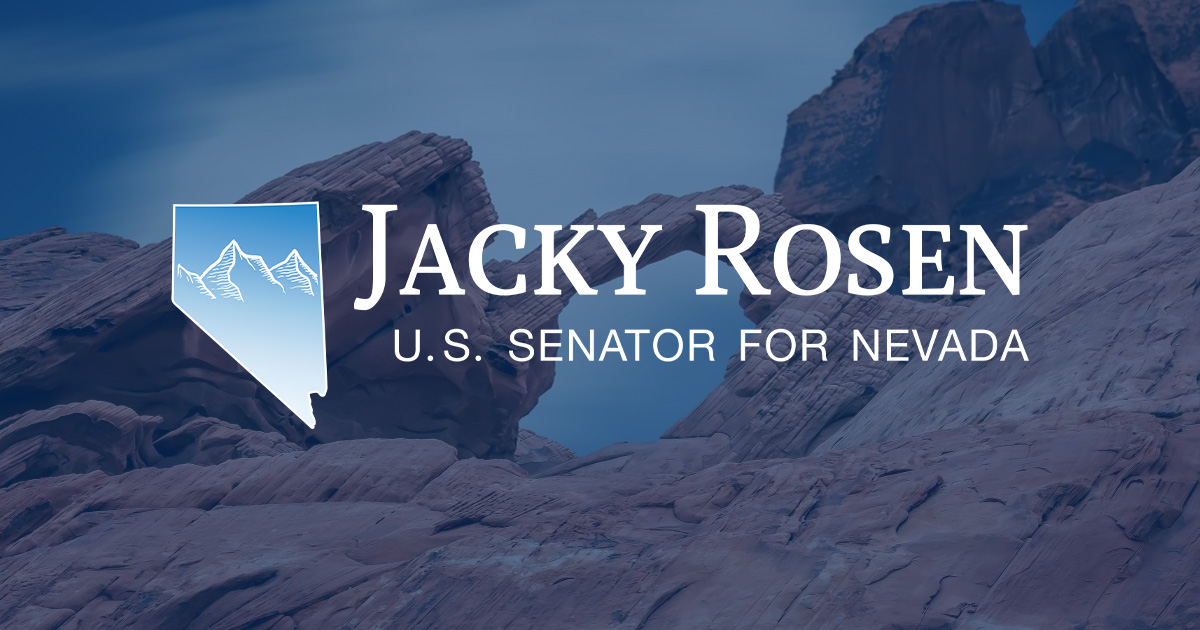Source: United States Senator Jacky Rosen (D-NV)
WASHINGTON, DC – Today, U.S. Senators Jacky Rosen (D-NV) and Mike Crapo (R-ID) led a bipartisan group of their Western colleagues in the U.S. Senate in a letter to Interior Secretary Deb Haaland urging her to allocate a significant portion of the Department’s recent funding from the Bipartisan Infrastructure Law toward sagebrush ecosystem restoration in the American West, which would boost wildfire mitigation efforts, create jobs, and support the regional economy.
The letter was also signed by Senators Catherine Cortez Masto (D-NV), James Risch (R-ID), Ron Wyden (D-OR), Mitt Romney (R-UT), Cynthia Lummis (R-WY), and Jon Tester (D-MT).
“As Senators representing Western states, we urge you to allocate a significant portion of these funds to address the restoration needs of the vast sagebrush ecosystems of the American West,” wrote the Senators. “Sagebrush restoration will help a critical landscape in the Western United States – one that supports vast biodiversity, contributes to the regional economy, and is vulnerable to destructive wildfires if not managed properly.”
“Finally, the IIJA funding provides a unique opportunity for creating jobs in rural America while addressing important conservation needs. DOI has at its disposal $100 million for fuels removal efforts that employ locally-based laborers – an historic opportunity to put people to work while helping restore the sagebrush steppe and protect the landscape from wildfires. We encourage you to enact a robust program that will have lasting benefits – both conservation- and employment-based – for an entire generation of Americans in the West,” the Senators’ letter continued.
The full text of the letter can be found here.
Through the Bipartisan Infrastructure Law, the Department of Interior received $905 million to be broadly distributed across a number of ecosystems for restoration and $200 million for wildfire risk reduction programs.
###
